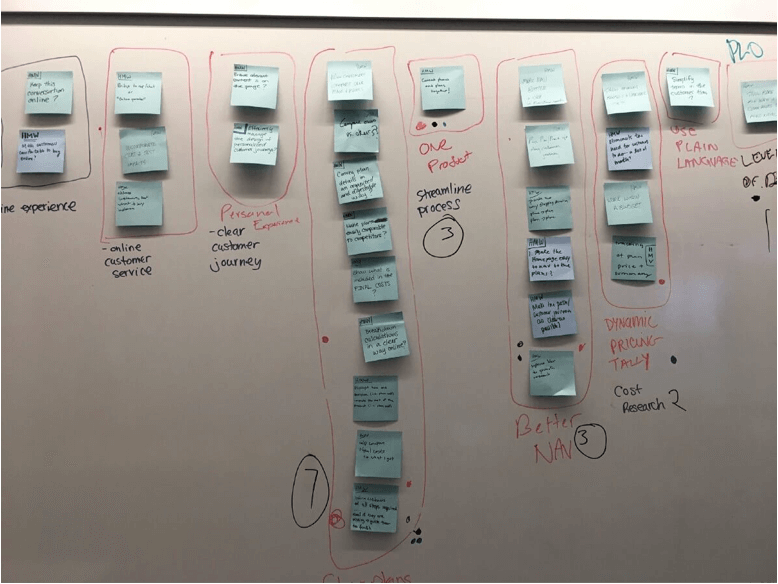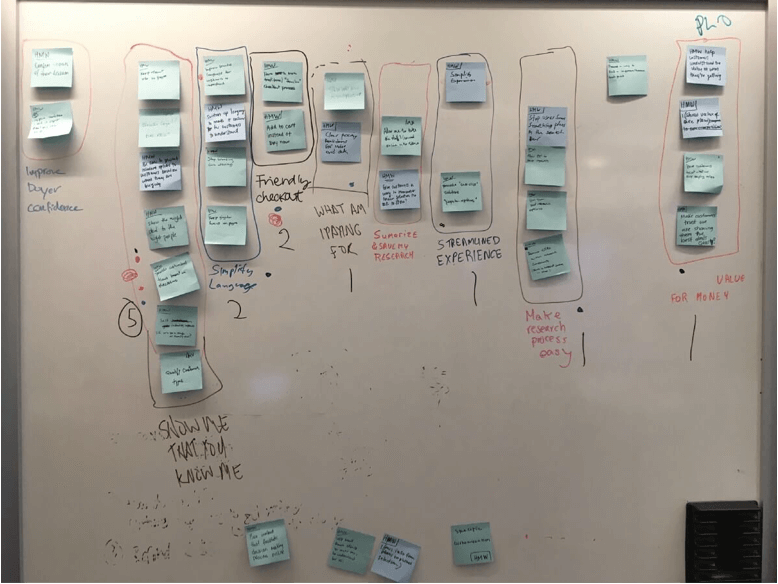
Making it easy for families to stay connected
Using the Google sprint methodology to create a digital shopping experience that resulted in significant improvements in traffic and completion rates for family mobility plans.

Using the Google sprint methodology to create a digital shopping experience that resulted in significant improvements in traffic and completion rates for family mobility plans.
At Telus, I focused on developing a bundling strategy to sign up entire families for rate plans. My role was to simplify rate plan understanding and purchase process for digital shoppers. With my customer-centric approach, I helped Telus implement the bundling strategy, which is now a popular and cost-effective option for families. I'm proud to have contributed to making life easier and affordable for families.
In my role as the UX Design Lead, I was responsible for conducting extensive research, facilitating workshops, prototyping, developing visual designs, and conducting testing.
Given the project timelines and the uncertainty surrounding the direction we wanted to take, I decided that the most effective approach for our discovery work would be to use the Google sprint methodology. This methodology enabled us to quickly iterate through ideas and test assumptions, helping us to arrive at a clear and focused direction for the project. By following this approach, we were able to save valuable time and resources while still achieving our objectives.
To establish benchmarks for success and failure, as well as to determine the long-term objectives, I engaged in stakeholder interviews. Subsequently, we collaborated on generating "How Might We" statements, which were then classified, structured, and ranked during the afternoon.


On the second and third day, we, as a team, examined our local and international competition, as well as other industries. We discovered similarities in the auto industry with regards to the way cars are configured. Following that, we created our own sketches of potential solutions or components. Ultimately, we presented and conducted dot voting on our preferred concepts.



Over the course of the last two days, we constructed a functional prototype in line with our group discussions. Subsequently, I conducted several one-on-one interviews and had our testers to try out our solution. After conducting the initial round of testing, we gained valuable insights and promptly proceeded to implement additional improvements.

After receiving feedback, I decided to focus more on the family aspect and improve clarity in sections where customers were making choices. I collaborated with the service design team to better understand the end-to-end journey and plan for the next workshop.
We organized a day-long workshop with current customers and some from the competition to gain insight into their mindset while shopping for a plan. I also prepared another prototype for them to test. This project was meant for use throughout the entire company, so I created test mocks to assess customer comprehension for representatives over the phone, in-store, and those who preferred a self-service option.



Since the launch of our innovative plan builder, we've seen a significant improvement of 58% increase in traffic and a 13% improvement in customer conversions. Our bounce rate has decreased by an impressive 19%, and customers are now building plans 23 seconds faster!
Our project was a tremendous success, but we haven't stopped there. We continued to analyze the data and make minor adjustments, further optimizing our plan builder. In addition, we made it even easier for our customers by porting the plan designer to the phone selection page, giving customers more control over their shopping experience.
